Power Tools
The Ultimate List of Power Tools
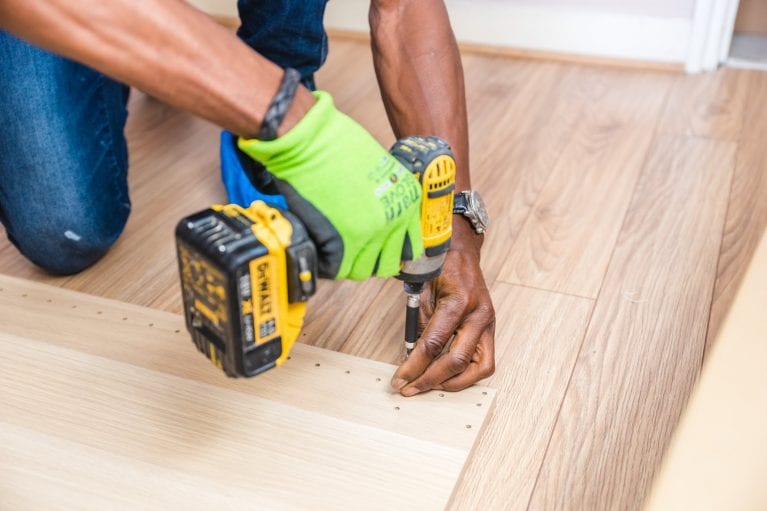
Looking for a power tool? At Wonkee Donkee we have got you covered. Here’s our extensive list of power tools that are essential to contractors and make life so much easier for DIY enthusiasts. Our complete list of power tools has got everything from angle grinders to table saws, so make sure you have everything you need for the job!
Air Compressor
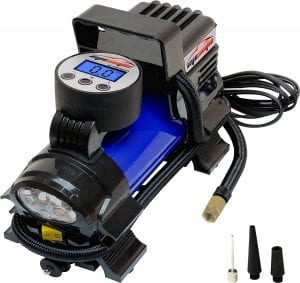
The job of an air compressor is to convert power into energy in the form of compressed air. You can use either electricity of gasoline as your power source. Check out the latest prices for electric air compressors.
Additionally, air compressors continue to store the compressed air in the storage tank until it reaches capacity. So the size of the tank can be important. You have a selection of portable or stationary compressors to choose from too.
Angle Grinder
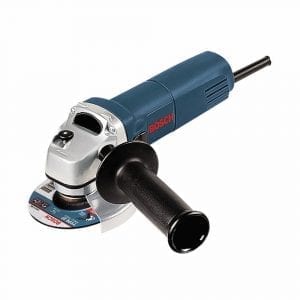
Angle grinders are a must have for most people. They not only grind, but can cut through most things (even steel and concrete) and can be used to polish too.
Powered by compressed air, electricity or in some cases petrol, the head is mounted at a 90 degree angle, which together with the side handle, allows you to get around those small difficult to reach places that other tools struggle with. The amount of power is important, as is the durability of the tool, so look out for those when you read our angle grinder review which is coming soon.
Bandsaw
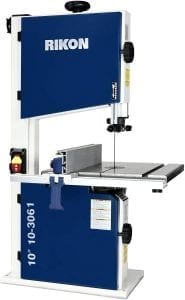
A bandsaw is a great tool if you’re doing woodworking, lumbering and can even be helpful with some metalworking tasks. It consists of a steel band that has a large jagged-edged blade.
This is a great tool because it delivers a consistent cut, that is precise and evenly distributed. Most of these tools are stationary, as they’re big pieces of kit. However, there are some portable options too.
Belt Sander

If you find yourself needing to sand large areas you have to go out and get yourself a belt sander, they’re so practical and will save you so much time. A belt sander essentially uses an electric motor that turns a pair of cylinders that drive looped sandpaper.
The motor does the hard work so you don’t need to supply the elbow grease. They’re great for covering larger areas and easy and safe to use. Not so good for high finish sanding.
Chainsaw

Chainsaws are essentially mechanical saws. They have sharp teeth attached to a chain that rotates on a guide bar and is powered by an engine, which is electric or gasoline. These are versatile tools great at cutting through trees, concrete, brick and natural stone.
Chop Saw

Similar to a mitre saw, the chop saw has a circular blade that sits perpendicular to the tabletop and makes a strict 90-degree cut. The miter saw, differs as it can swivel to cut at different angles.
Although not the most commonly used saws, they are especially great if you’re doing home renovations. They make easy work of jobs like framing because the cut is so precise and offers a wide spectrum of cutting capacity. This is why they are so great for cutting planks of wood and metal alike.
Circular Saw
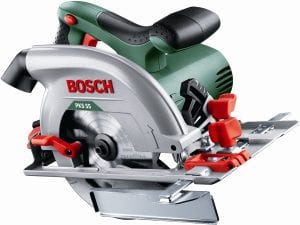
The circular saw is one of the most popular tools operated today. Using a rotary (round) motion, the circular saw is made up of a large circular blade with a toothed/abrasive edge.
These are perfect for when you need to make straight cuts, especially long cuts, for example along the board’s length. You can also vary the depth of the cut as well as the bevel (on selected models).
They’re great for cutting wood obviously but are equally adept when used on plastic, metal or masonry. They’re very flexible and quick to use which makes them really practical.
Drills
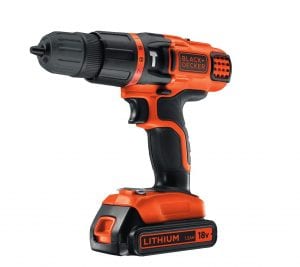
The drill is the mainstay of every contractors’ and DIY enthusiasts’ tool kit. There are so many variations and different types of drills. Some are specific to certain tasks, whilst others have a variety of attachments, which makes them practical, and versatile.
Your average drill consists of a motor that spins the attachment, which is held in place by a chuck, at rapid speed. You press it against the object you need to drill and pull the trigger.
Most of the new drills tend to be cordless which means they’re easy to take with you and use in different situations.
Hammer Drill

The hammer drill (also known as the roto-drill or rotary hammer) is different enough to other drills to get its own spot on our list.
It’s essentially very similar to the demolition hammer and uses the same technology, it’s just smaller. It spins like a drill, but it also “punches” in and out.
This makes them perfect for projects where you need a handheld hammer with more power. You can lose a little accuracy but sometimes you just need the brute force.
Impact Driver
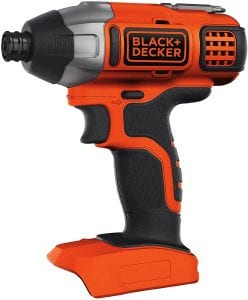
Impact drivers are great pieces of kit, they essentially use the same rotational motion you get with a drill with an additional hammer motion, both downwards and sideways.
It makes them great for screwing in screws, especially into tough materials. Additionally, impact drivers are a great tool for loosening screws and nuts.
We like them because they help you to avoid slipping off the screw head, that can sometimes be a problem causing damage to the head or thread.
Jigsaw
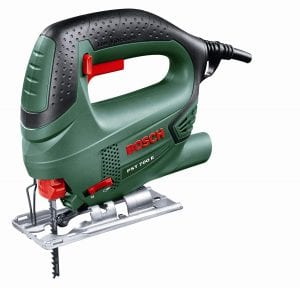
The jigsaw (also known as a “bayonet saw” and sometimes a sabre saw) is the best power tool for cutting shapes in different materials.
The jigsaw pairs an electric motor with a reciprocating saw blade. This allows you to cut at angles of up to 45 degrees.
There are other tools that can cut materials, but what really makes the jigsaw stand out is how it can cut curves and curve shapes. There are different blades available to cut different materials.
Lathe
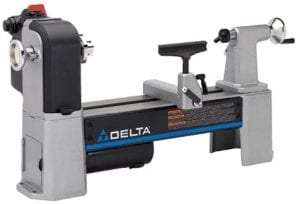
The lathe shapes materials (very often wood) using a rotational drive that turns the actual piece of material you want shaping. It works really well with symmetrical objects because it shapes on a rotational axis.
These are not for everyone, but are the perfect tool if you’re working with tricky designs, especially if you need symmetry.
Many lathes are for more industrial applications, for example, chair legs or baseball bats. But there are also smaller lathes that are perfect for woodworking.
Miter Saw

The miter saw is essentially a more flexible version of a chop saw. It allows you to make precise, clean cuts at a variety of different angles.
Technically, there are a couple of different types of miter saw:
Compound miter saws
Dual compound miter saws
Sliding compound miter saws
They all differ on the angle you can make cuts at, so it really depends on what you need to use the miter saw for.
Orbital Sander

If you have a project that needs light sanding, for example preparing a surface for sealing or painting, the orbital sander is a great tool.
The electric motor spins the sanding disc at high speed together with moving in small ellipses. This allows it to get right into corners as well as avoiding cross-grain marks you might get from a belt sander. They are commonly considered to be the sander of choice for getting a good finish.
Oscillating Tool
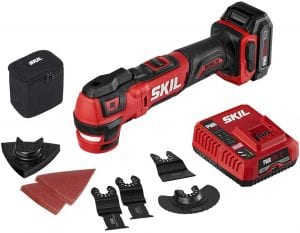
Oscillating tools (sometimes known as multi-tools) are a great addition to any tool collection and often considered one of the most flexible tools you can buy.
They work by rapidly rotating back and forth. This motion allows the user to cut, grind, sand and polishing different materials.
Most oscillating tools come with a myriad of attachments as standard, so when you buy the tool it’s immediately functional. They are also easy to use, making them a great tool for beginners and easy to travel with.
Planer
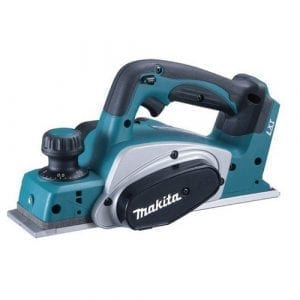
The planer is an important tool if you’re working with wood. It trims boards or planks of wood to a consistent thickness throughout the board’s length and on both surfaces.
It’s often considered a must have tool if you’re working with wood, either in woodworking or carpentry. The planer is perfect when working with things like tables, chairs, doors, window frames, etc.
They tend to be large heavy-duty tools, so you’ll need to find a space for in your workshop or garage. Saying this, there are some portable planers available on the market.
Reciprocrating Saw
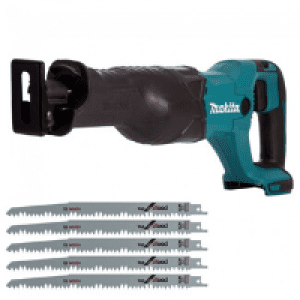
Also known as sawzalls, recip saws, or hognoses, the reciprocating saw is a beast of a tool that is often used for heavy-duty jobs in construction and demolition.
The blade looks similar to a jigsaw, with its toothed or serrated edge. Most models offer variable speeds that give you more flexibility and control when you ‘re cutting.
There are plenty of variants and accessories such as clamps, longer blades and much more to get the most out of your reciprocating saw.
Router
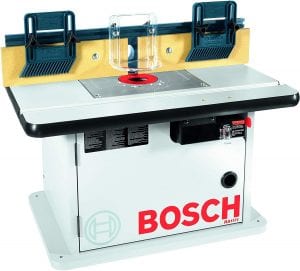
A router is a tool that helps us to hollow out a groove or hole in hard materials such as plastic and wood. Saying that, it is most commonly seen in woodworking projects.
Routers work by an electric motor that drives a spindle. Once spinning you push the spindle downwards. It is a pretty simple tool really, but don’t underestimate its power and versatility.
In addition to grooves or holes, you can also produce and finish edges, curved contours, re-create patterns, recess door hinger, cutaways, recess door hinges and carve out clean rabbets.
Table Saw
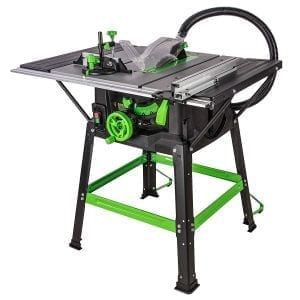
Table saws are a must have in any work shop. They provide you with the capability to make a complete range of cuts on wood and other materials, regardless of their size.
Want to fins out more about what makes a great table saw and which we think is the best available on the market? Read our Best Table Saw Review to find out more!






